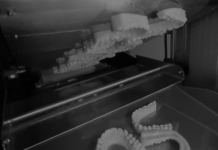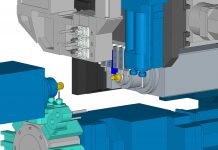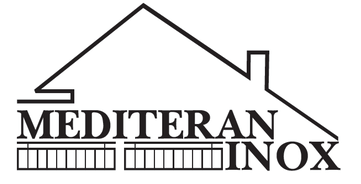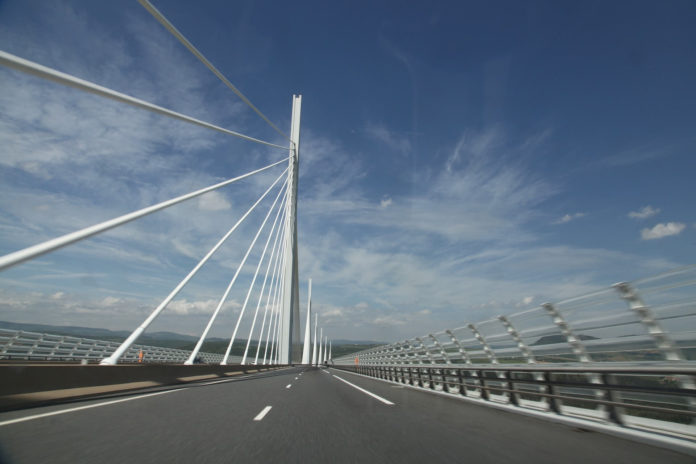
With a structural height of 343 m, Millau Viaduct is famous as the tallest bridge in the world. It is also renowned for its design, which was considered impossible to construct on its inception, and for being one of the greatest achievements in engineering. Designed by Michel Virlogeux and Norman Foster, Millau Viaduct was constructed in around 3 years with a cost of 394€ million.
No other high bridge in history caught the eye of the media more than the opening of the Millau Viaduct in 2004. Comprised of 8 consecutive cable stayed spans totaling 8,100 feet (2460 m), the viaduct is the tallest bridge structure in the world with a pier and mast rising a lofty 1,100 feet (335 m) above the ground. With a roadway 909 feet (277 m) above the Tarn River, it is also the highest cable stayed bridge in the world. The bridge has rightfully been described as beautiful, breathtaking, spectacular and awe-inspiring.
Located near the southern end of France, the bridge was the last major connection on the A75 motorway, a 4-lane highway that has been under construction in one form or another since 1975. Several routes were proposed that would have put the Tarn River crossing either east or west of the small town of Millau.
Know about the design, construction and history of this famous bridge in France through these 10 interesting facts
#1 IT LINKS TWO LIMESTONE PLATEAUS
Viaduct is derived from the Latin via for road and ducere, to lead. A viaduct is a bridge consisting of a number of short spans for carrying a road over a valley, river etc. Millau is a commune in southern France located at the confluence of the Tarn and Dourbie rivers. Millau Viaduct extends across the Tarn River valley linking two limestone plateaus, the Causse du Larzac and the Causse Rouge.

#2 IT WAS CONSTRUCTED TO SOLVE TRAFFIC PROBLEM IN THE TARN VALLEY
The plan to construct a bridge spanning the Tarn valley was considered as early as 1987. It was due to the fact that there was heavy traffic on the route from Paris to Spain in the holiday season and before the construction of Millau Viaduct, it had to descend into the Tarn River valley and pass along the route nationale N9 near the town of Millau, causing heavy congestion. The decision to construct the bridge was made in October 1991.
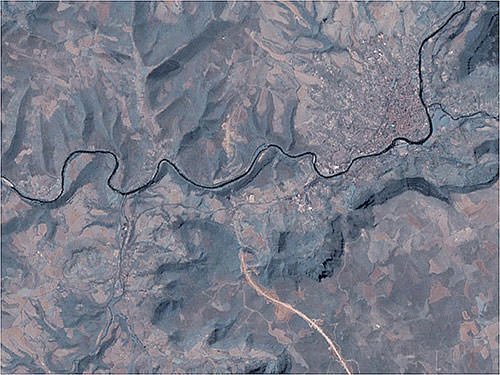
Source: Google Maps
#3 MILLAU VIADUCT WAS DESIGNED BY NORMAN FOSTER AND MICHEL VIRLOGEUX
Millau Viaduct is designed by French structural engineer Michel Virlogeux and British architectNorman Foster. Michel Virlogeux is a bridge specialist who has designed more than a 100 bridges including Pont de Normandie in northern France. Norman Foster is one of the most prolific British architects of his generation. In 1999 he was awarded the Pritzker Architecture Prize, often referred to as the Nobel Prize of architecture.

Source: Wikipedia
#4 MILLAU VIADUCT IS A CABLE-STAYED BRIDGE
Millau Viaduct is a cable-stayed bridge as opposed to the more familiar suspension bridge. In a suspension bridge, the large main cables hang between the pillars and are connected to the ground at each end of the bridge. The weight of the deck is transferred to the main cables and through them to anchor points on the ground. In a cable stayed bridge, multiple cables from each pillar are transmitted to support a section of the bridge deck around the pillar.
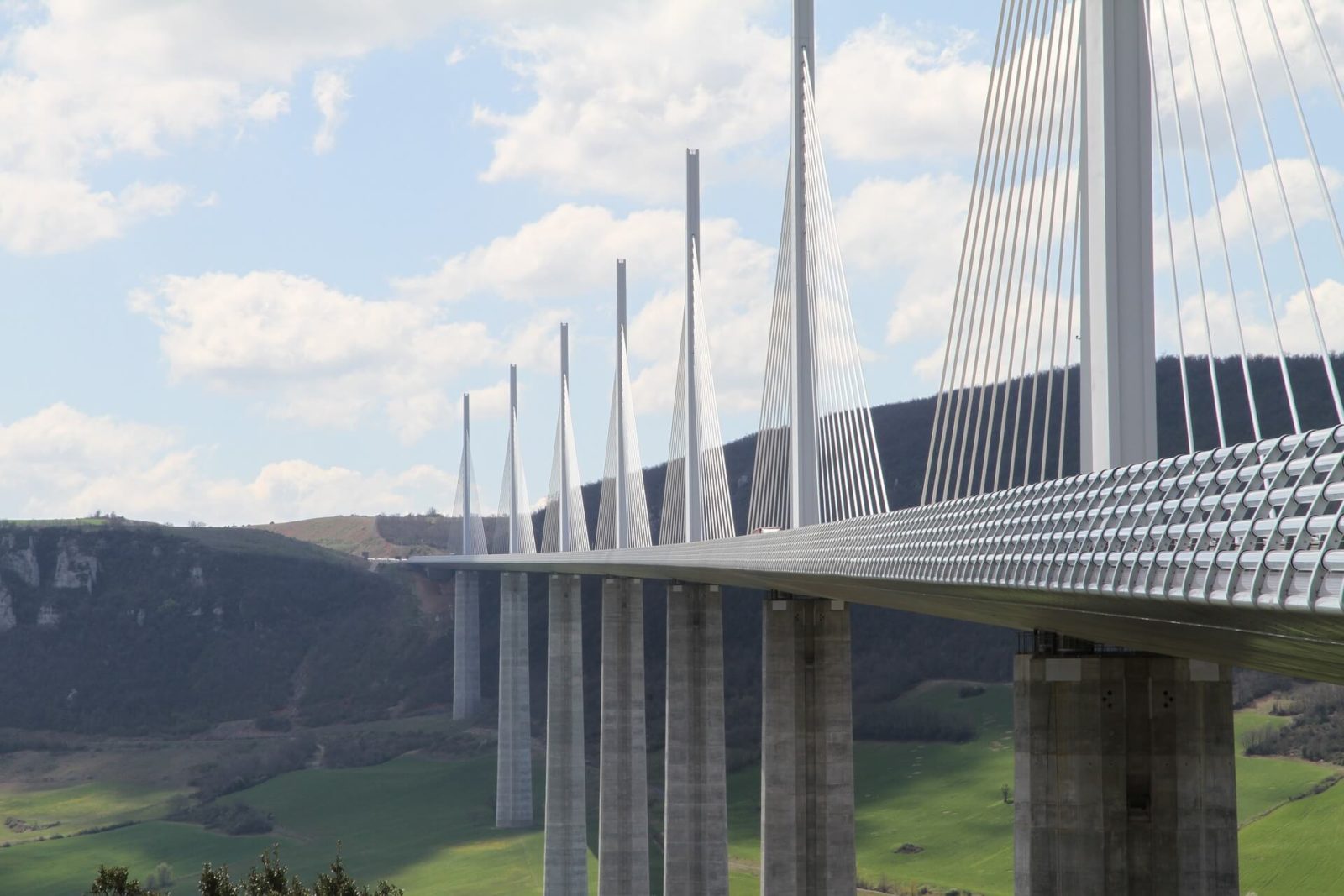
#5 IT IS BUILT ON THE HARP DESIGN OF CABLE-STAYED BRIDGES
The two popular types of cable-stayed bridge designs are harp and fan. In the fan design, the cables supporting the deck pass through the same point which is at or near the top of the pillar. While in the harp design, the cables pass through the pillar at different heights with the cable nearest to the pillar passing through the lowest point on the pillar. Millau Viaduct is an example of a harp cable-stayed bridge.
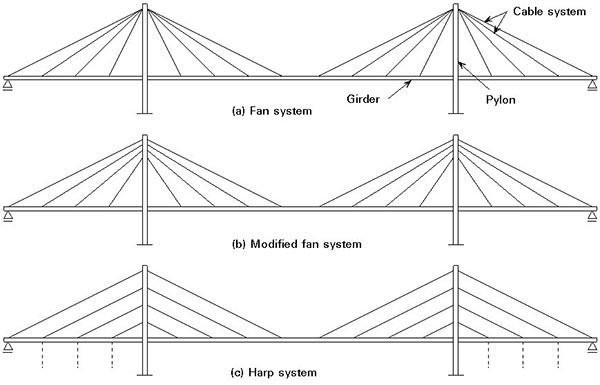
#6 CONSTRUCTION RECORD FOR THE HIGHEST PYLON WAS BROKEN DURING THE BUILDING OF THE BRIDGE
The construction of Millau Viaduct began in late 2001. Due to the design of the bridge, constructing it was an enormous challenge. It started with deep foundations to support the massive weight the bridge would put on the pillars. 7 pillars weighing 700 tons each had to be built. The pillars had to be exactly in place for the bridge to be a success and signals from multiple satellites were used to pin point the position. The pillars were completed byNovember 2003. Pillar P2, with a height of 244.96 metres (803 ft 8 in), broke the world record for world’s tallest bridge pylon by more than 50m.
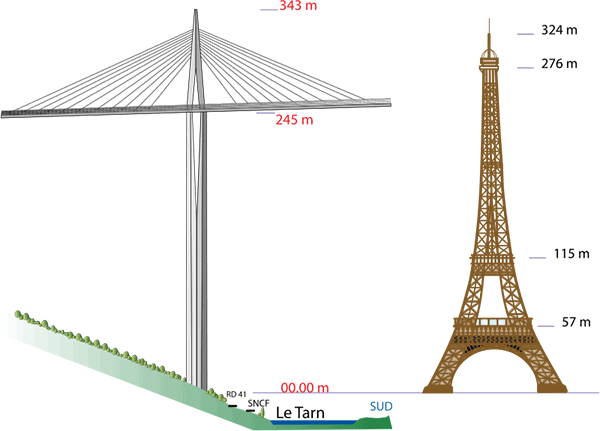
#7 IT WAS CONSTRUCTED IN AROUND 3 YEARS WITH A COST OF €394 MILLION
After the pillars were put in place, deck was slid on top of the pillars from each end. Success depended on the two parts of the deck meeting with perfect geometry. Despite the two ends of the bridge being at different heights and the slight curve in the design of the bridge, the two parts of the deck were aligned within one centimeter. On December 14, 2004, Millau Viaduct was officially opened by then President of France Jacques Chirac. It took just over three yearsfor the construction of the bridge to be completed. It cost up to €394 million.
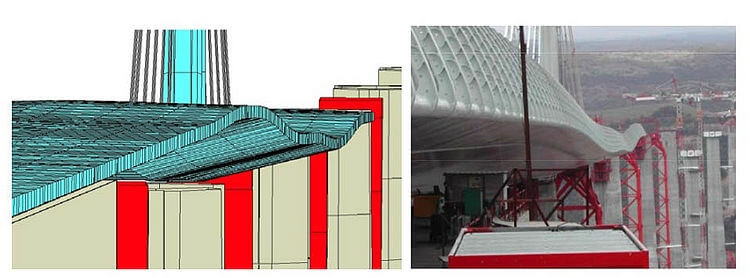
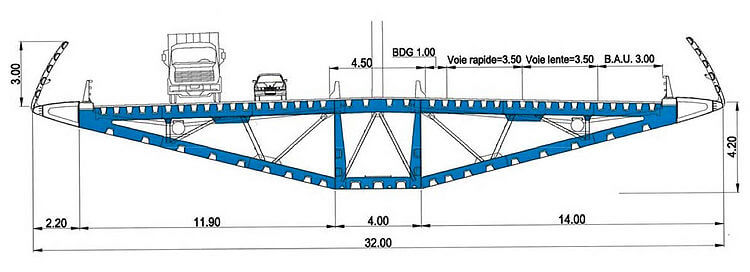
#8 MILLAU VIADUCT IS THE TALLEST BRIDGE IN THE WORLD
The tallest bridges in the world are ranked according to their structural height. Structural height is the maximum vertical distance from the topmost point of the bridge to the lowest visible point of the bridge. Millau Viaduct is the tallest bridge in the world with a structural height of 343 m (1,125 ft). It is more than 70 feet taller than its nearest competitor Russky Bridge in Vladivostok, Russia, which has a structural height of 320.9 meters (1,053 ft).
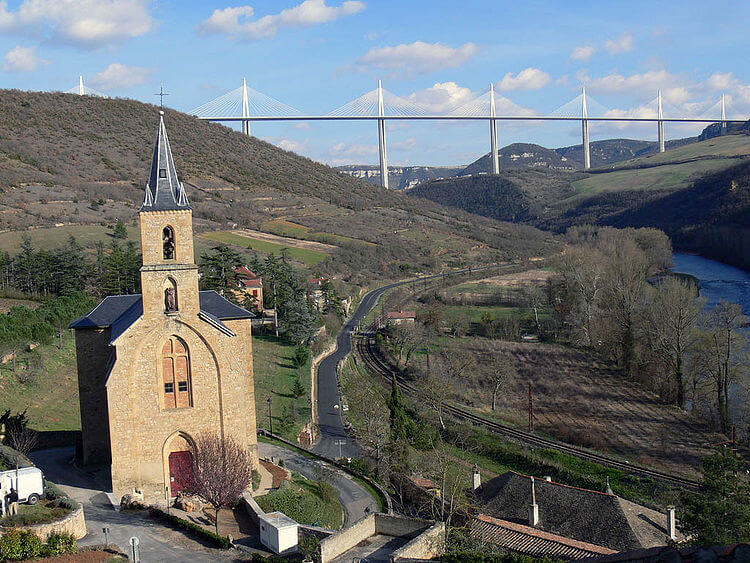
#9 IT IS THE HIGHEST BRIDGE IN EUROPE
The highest bridges in the world are ranked according to their deck height. Deck height is the vertical drop distance from the bridge deck (roadway of the bridge) to the ground or water surface beneath the bridge span. Millau Viaduct has a deck height of 270 m (886 ft) and ranks 15 in the list of highest bridges in the world. Sidu River Bridge in China is the highest bridge in the world with a height of 496 m (1,627 ft). However Millau Viaduct is still the highest bridge in Europe.
#10 MILLAU VIADUCT IS AN ENGINEERING MARVEL
Millau Viaduct is ranked as one of the great engineering achievements of all time. Its highest point is 19 meters (62 ft) taller than the Eiffel Tower. Millau Viaduct is so high that it glides above the clouds. It is considered one of the most beautiful bridges. Speed limit on the bridge was reduced from 130 km/h (81 mph) to 110 km/h (68 mph) because tourists were slowing down to take photos. In 2006, Millau Viaduct received the Outstanding Structure Award by the International Association for Bridge and Structural Engineering.

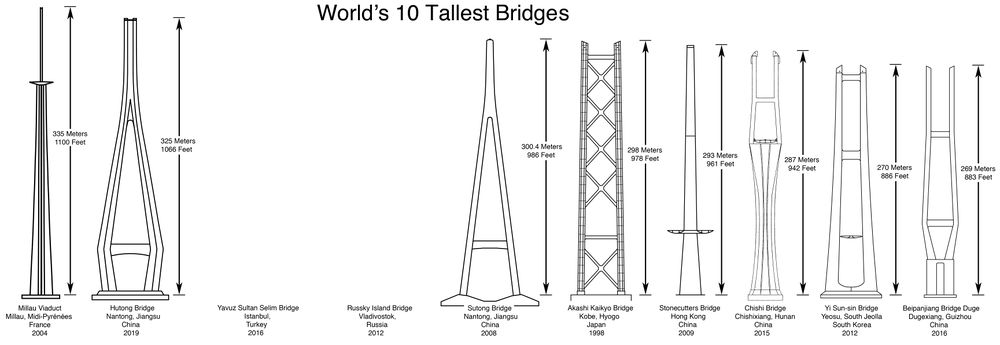
MILLAU VIADUCT STATS
- 2,460 m (8,071 ft): total length of the roadway
- 7: number of piers
- 77 m (253 ft): height of Pier 7, the shortest
- 343 m (1,125 ft): height of Pier 2, the tallest (245 m or 804 ft at the roadway’s level)
- 270 m (886 ft): average height of the roadway
- 20 m (13 ft 9 in): thickness of the roadway
- 50 m (105 ft 2 in): width of the roadway
- 85,000 m3 (111,000 cu yd): total volume of concrete used
- 290,000 tonnes (320,000 short tons): total weight of the bridge
- 10,000–25,000 vehicles: estimated daily traffic
- €6.00–7.50: typical automobile toll



